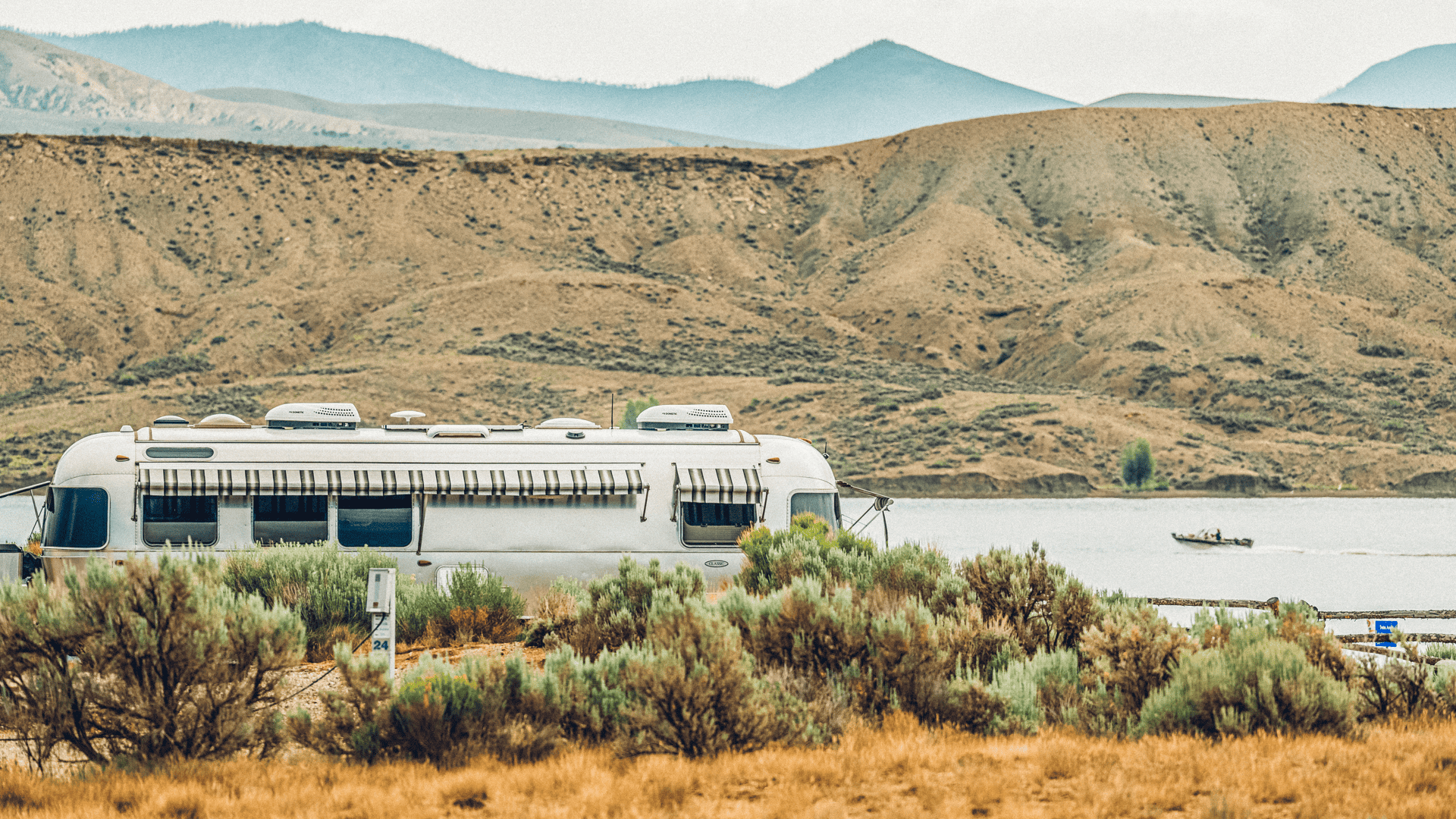Grand County Fire Bans

CAMPFIRE BANS AND REGULATIONS
Campfires are an essential part of enjoying the outdoors whether it be a gathering place at your campsite, means for cooking or a source of warmth. Surrounded by national forests, wilderness areas and a national park, Grand County draws all types of outdoor adventurers looking to set up camp and start a fire.
Fire weather, conditions and restrictions change weekly, sometimes daily. To continue protecting our natural resources, yourself and others, always check the current fire restrictions in place and help prevent wildfires in Colorado. With Forest Service, Bureau of Land Management, and Rocky Mountain National Park lands also in Grand County, please research restrictions if you plan to go camping in those areas. These are separate state and federal agencies, even though part of their forest or park lies within Grand County. Use the quick links below to check current fire restrictions and read our full guide on this page to prepare for your next adventure.
Grand County
Current Grand County fire restrictions and resources are provided by the Grand County Wildfire Council. For the most up-to-date information on fire restrictions, contact Grand County’s Office of Emergency Management at kconrad@co.grand.co.us.
Wilderness Areas
There are numerous wilderness areas within Grand County which typically follow the same fire restrictions as the county. However, these areas also have ongoing, year-round fire regulations which are outlined below. For more information on these federal regulations and special orders in wilderness areas, consult the U.S. Forest Service. For current fire bans in the following areas, contact the Sulphur Ranger District at (970) 887-4100.
Byers Peak Wilderness, Vasquez Wilderness and Never Summer Wilderness
Building, maintaining, attending or using a fire or campfire within 100 feet of any lake, stream or trail is prohibited. When and where fires are allowed, make sure to use a gas-fueled stove or existing fire ring. In the Never Summer Wilderness, campfires are also prohibited in areas above 10,800 feet.
Indian Peaks Wilderness
Building, maintaining, attending or using a fire or campfire, except for gas-fueled or self-contained chemical stoves, is prohibited in all Indian Peaks Wilderness areas east of the Continental Divide and west of the Continental Divide at Gourd, Pawnee, Caribou, Columbine and Crater Lakes, and in the upper Cascade Creek Drainage. Building, maintaining, attending or using a fire or campfire, where permitted, within 100 feet of lakes, streams or trails is also prohibited.
Arapaho National Recreation Area
In the Arapaho National Recreation Area, building, maintaining, attending or using fires and campfires within 100 feet of Meadow Creek Reservoir is prohibited. Fires and campfires are allowed in developed campsites and designated dispersed camping areas.
Rocky Mountain National Park
A stage I fire ban is always in place at Rocky Mountain National Park but can change depending on conditions. When the stage I fire ban is in place, campfires and grills are allowed in developed campgrounds, select picnic areas and select backcountry campsites. Petroleum-fueled stoves are also permitted in developed campgrounds, picnic areas and select backcountry sites. The use of backcountry sites requires a wilderness permit that visitors can obtain at the Headquarters Wilderness Office (beside Beaver Meadows Visitor Center) or at Kawuneeche Visitor Center. For the most up-to-date information on fire bans and regulations, contact the park’s Information Office at (970) 586-1206.
Fire Restriction Stages
Fire restrictions imposed by the U.S. Forest Service apply to public lands and have various stages based on a risk/benefit assessment. Learn what each fire restriction stage entails:
Stage I
Stage I fire restrictions include minor restrictions to prevent the start of human-caused wildfires from activities such as smoking and campfires. When stage I fire restrictions are in place, petroleum-fueled stoves that meet the fire underwriter’s specifications for safety, and approved wood pellet grills and stoves are allowed. In addition, fires, campfires, and charcoal, coal or wood stoves are only allowed within developed campgrounds and recreation sites. Campfires in dispersed campsites are not allowed. At private residences, open fires within outdoor fireplaces, fire pits, chimineas or grills are also allowed. Smoking is only allowed within an enclosed vehicle, building, or developed recreation site. The area must be cleared of flammable materials extending at least three feet in diameter.
Stage II
Stage II fire restrictions are implemented when there is an extreme risk of fire danger. Stage II prohibits all open fires or campfires in both campgrounds and private residences. However, petroleum-fueled stoves that meet the fire underwriter’s specifications for safety are still allowed. Smoking is only allowed within an enclosed vehicle or building.
Stage III
When stage III fire restrictions are in place, the area is closed to all entry. Stage III is implemented when stages I and II are no longer effective in preventing human-caused wildfires.
Red Flag Warnings
Red flag warnings are issued by the National Weather Service whereas fire restrictions are issued by the U.S. Forest Service. These warnings apply to both public and private lands within the warning area and indicate ideal weather conditions for the start and spread of wildfires. Weather conditions include low humidity and high winds. Check for Colorado red flag warnings here. Ready to set up camp and toast some marshmallows? Plan your next Grand County camping adventure and discover the best campgrounds and RV parks to meet your needs.
Request Info
Sign up to receive our monthly newsletter. Learn about updates, trip planning ideas, specials and events in Grand County, Colorado.
Plan a Camping Trip
EVERYTHING YOU NEED TO KNOW TO PLAN YOUR CAMPING TRIP IN GRAND COUNTY
